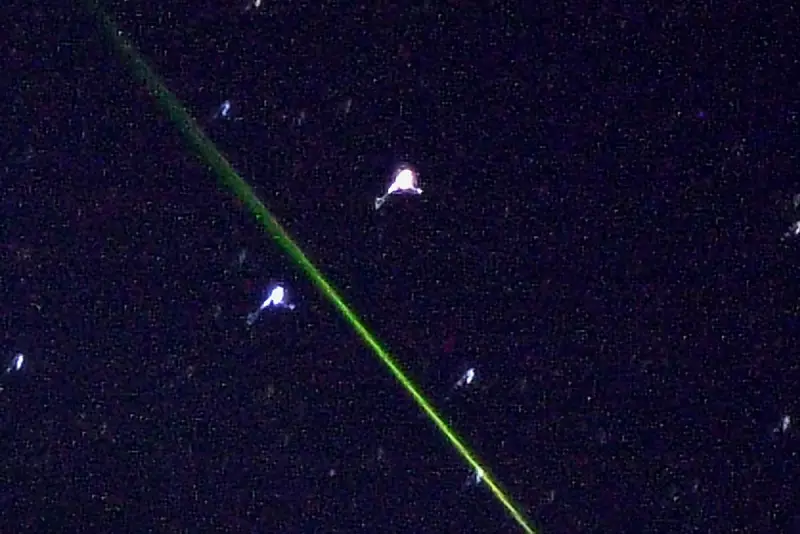
If you missed the peak of the annual Leonid meteor shower this week, do not despair. Stargazers across the United States and the UK still have a fantastic opportunity to witness this dazzling celestial event.
When to Watch the Leonids
The meteor shower reached its peak in the early hours of Monday, 17th November 2025. However, the entire event is a lengthy spectacle, active for about a month. The Leonids began in November and will continue through until 3rd December, giving plenty of chances for a clear night of viewing.
During the peak, the shower typically produces a modest rate of around three meteors every hour. The real allure lies in the meteors' characteristics: they are renowned for being bright, colourful, and exceptionally fast, racing through our atmosphere at a staggering 44 miles (71 kilometres) per second.
The Spectacular History of Leonid Storms
While this year offers a steady stream of shooting stars, the Leonids are famous for their potential to produce much more intense displays. Approximately every 33 years, viewers on Earth can be treated to a magnificent meteor storm.
A meteor storm is defined by an incredible influx of at least 1,000 meteors per hour. The Leonids have delivered some of the most memorable storms in recorded history. A significant event in 1966 saw thousands of meteors light up the sky every minute. More recently, the last great Leonid storm was recorded in 2002.
So, even if you missed the peak, find a dark spot away from city lights, be patient, and look up. You might just catch one of these swift, fiery travellers from the constellation Leo painting a temporary streak across the night sky.





